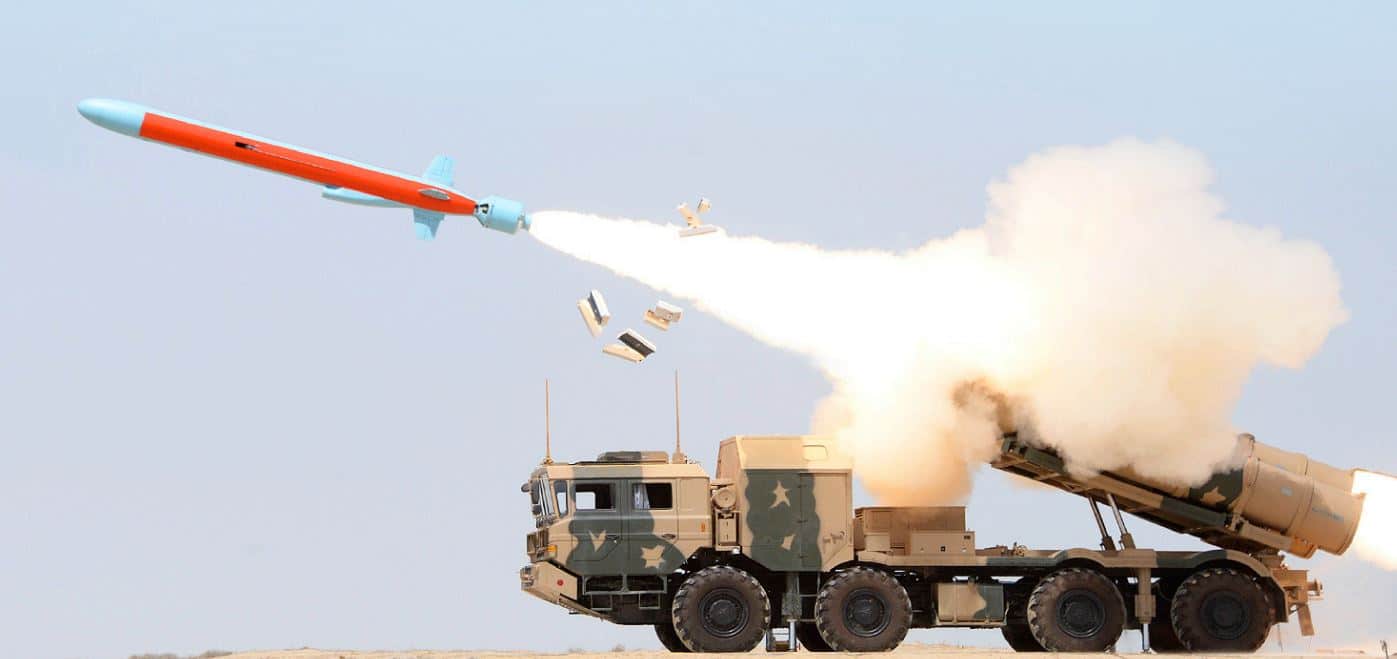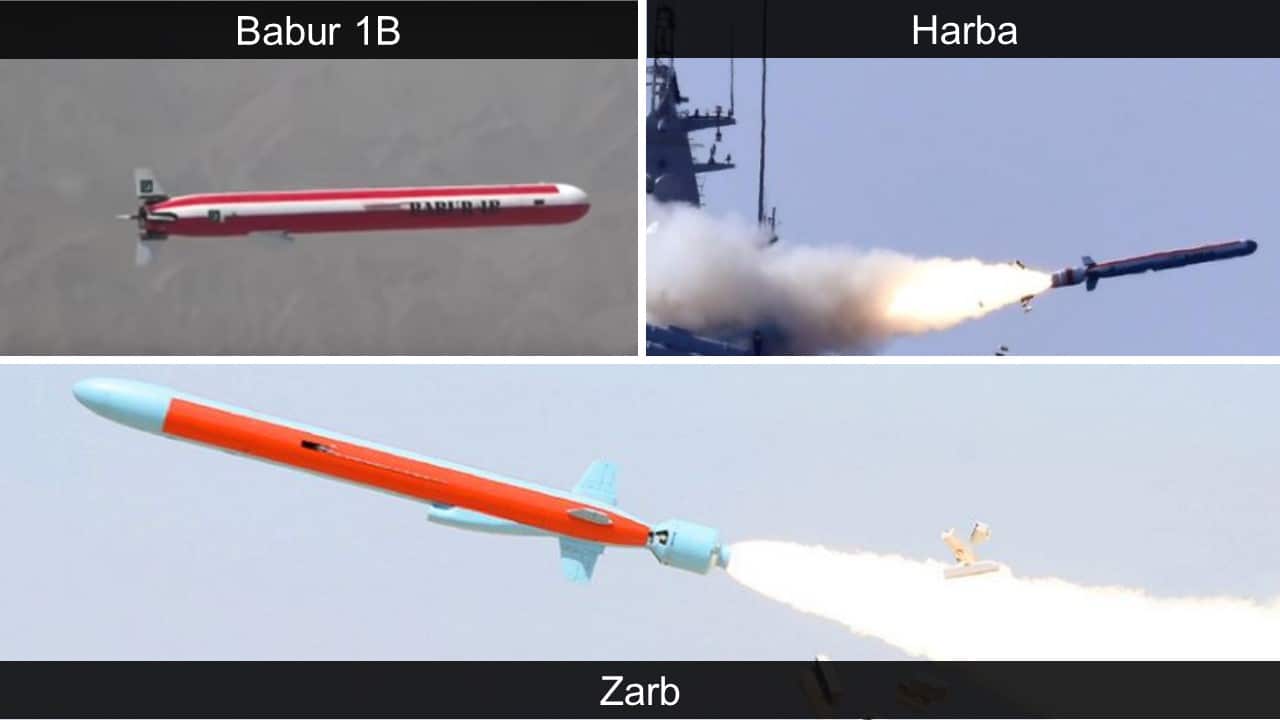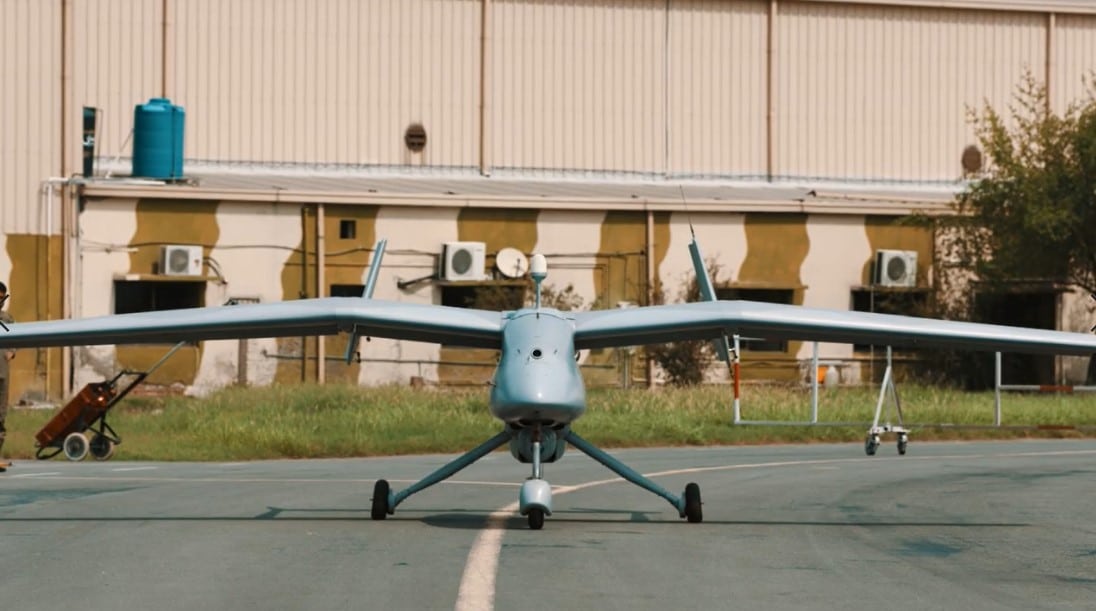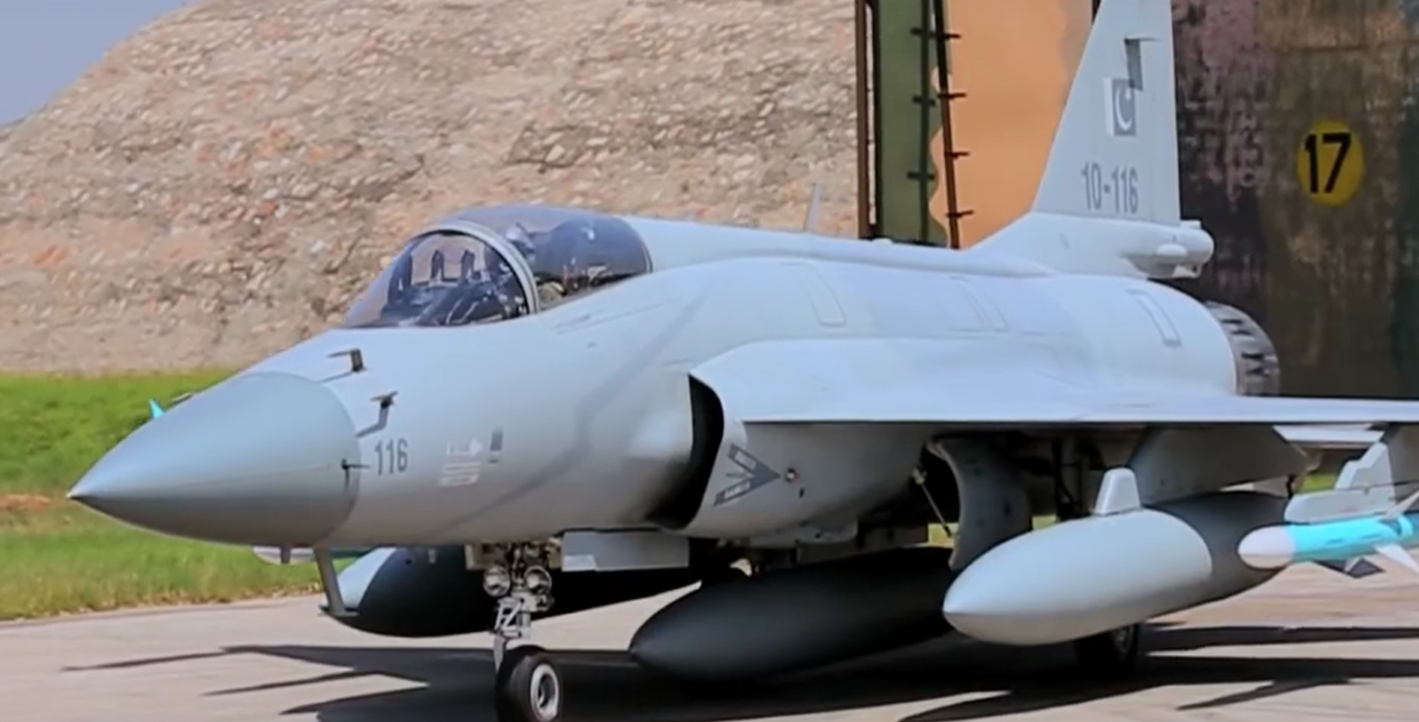2344Views 0Comments

Overview: Babur 1B, Zarb and Harba Cruise Missiles
Since at least 2016, Pakistan has test-fired a number of new long-range anti-ship cruising missiles (ASCM), most notably the Zarb coastal/land-based ASCM, Harba dual-ASCM and land-attack cruise missile (ASCM) and the Babur 1B and Babur Version 2 dual ASCM/LACM.
The Zarb and Harba ASCMs are operated by the Pakistan Navy, while the Babur 1B and Babur Version 2 – though not primarily ASCM – are officially described as being capable of engaging targets at “sea with high accuracy” (Inter Services Public Relations: ISPR). The Babur 1B was the most recently tested (April 2018).
According to the ISPR, the Babur 1B has a range of 700 km. Currently, the respective ranges of the Harba and Zarb ASCMs have not been disclosed. However, if one is to infer on the ranges of those missiles, then the Babur submarine-launched cruise missile (SLCM) and Chinese C-602 could offer insight.
In its official news magazine for April 2018, the Pakistan Navy displayed its clearest photo yet of the Zarb ASCM being fired from its truck-mounted launcher (as part of the naval exercise SEALION III).

Compared to the Babur (and Harba), the Zarb appears to differ in terms of its rear stabilizers and intake.
The missile shown as the Zarb appears to bear a close resemblance to the C-602 ASCM produced by the China Aerospace Science and Industry Corporation. With a stated range of 280 km, the C-602 wields a comparatively heavier payload than the C-802A ASCM – i.e. 300 kg vs. 190-200 kg).
The Harba dual-ASCM/LACM appears to resemble the Babur (note: rear-stabilizers/fins). It would not be surprising for Pakistan to scale the development and production of the Babur so that it can apply as a ship-launched ASCM. One can only speculate in terms of the range, but a reasonable minimum would be 450 km – i.e. the same as the Babur SLCM, which one could view as being the most constrained design seeing that it must fit in a submarine’s torpedo tube.
Besides range, the Babur-series, Zarb and Harba share many of the same characteristics (by virtue of being cruise missiles), such as terrain-hugging (Babur) and sea-skimming (Zarb/Harba) and airframes with low radar-observability.
The Zarb ASCM provides the Pakistan Navy with an anti-access and area-denial (A2/AD) asset for guarding Pakistan’s littoral waters. Its utility stems from three key features:
- Its range coverage effectively covers Pakistan’s littoral waters (i.e. deterring intruding threats to coastal assets, such as fast attack craft and amphibious vessels).
- It is launched from a moving vehicle, enabling the Navy to change the Zarb’s deployment in concert with immediate tactical requirements.
- It can carry a heavier payload than the ship and air-launched C-802, thus possessing a higher damage level.
However, like the Harba (when used as an ASCM), the Zarb’s true potential necessitates the support of a long-range surface surveillance and targeting radar. It is plausible that the Pakistan Navy will leverage the Pakistan Air Force’s (PAF) ZDK03-based Karakoram Eagle airborne early warning and control (AEW&C) platform, but it is common to see long-range ASCMs supported by surface-based sensors as well.
In the long-term, the Harba can at least count upon the Type 054A’s over-the-horizon-radar (OTHR) – built by the China Educational Instrument and Equipment Corp (CEIEC) – to provide it with long-range targeting and mid-course guidance capabilities (Pakistan reportedly has a Type 054A frigate on order with an option for an additional two ships). If equipped like the People’s Liberation Army Navy’s (PLAN) Type 054As, the Pakistan Navy’s Type 054A should include at least the export-centric SLR-66 OTHR. The SLR-66 reportedly has a passive-tracking range of 500 km and active tracking and targeting range of 280 km.
However, bringing a land-based version of the SLR-66 OTHR would enable the Navy to undertake long-range targeting and mid-course guidance work for the Zarb independently of the PAF’s AEW&C. Like the Zarb, an OTHR radar unit could be mobile, thus enabling for mobile deployment options.



